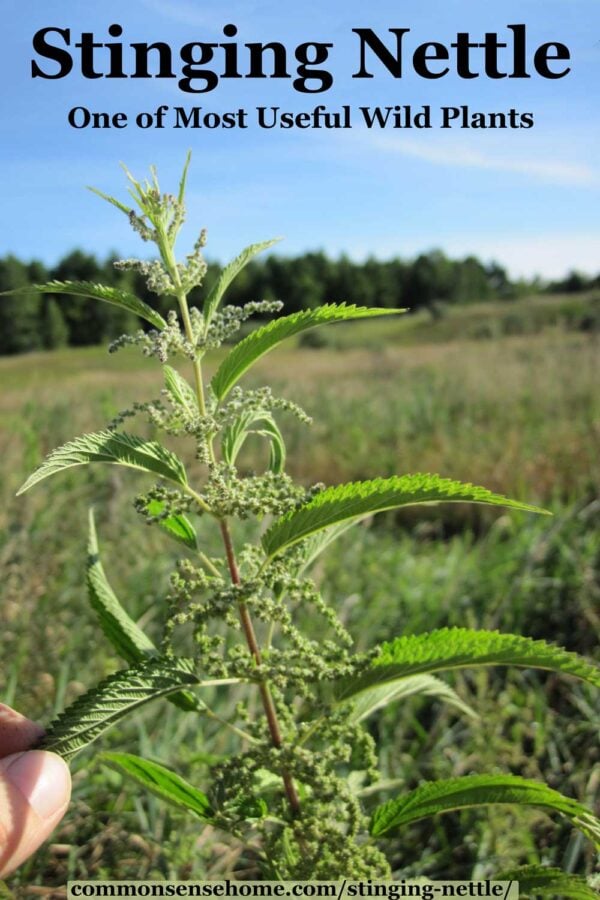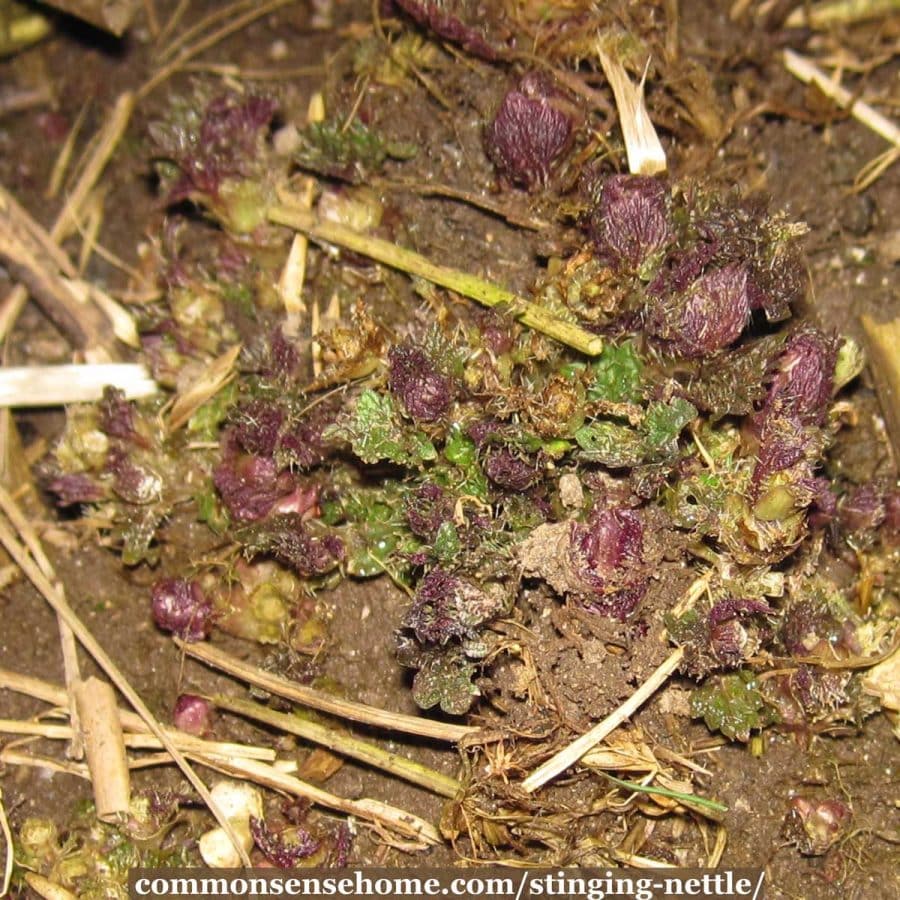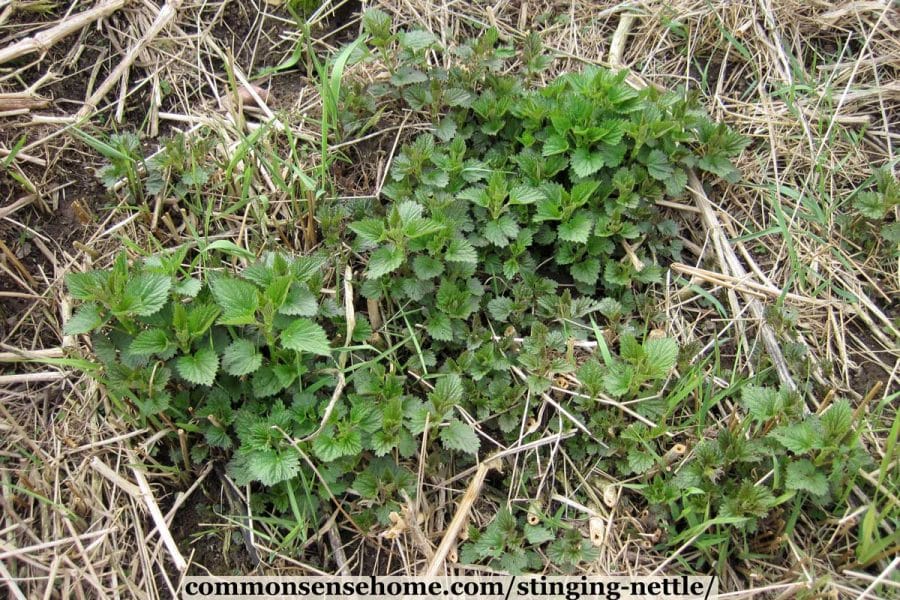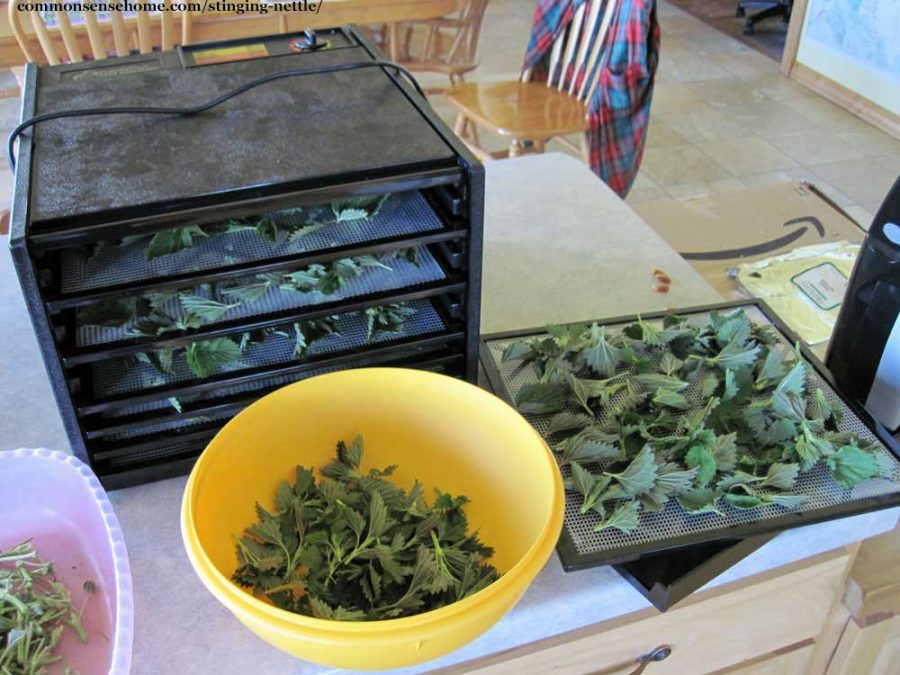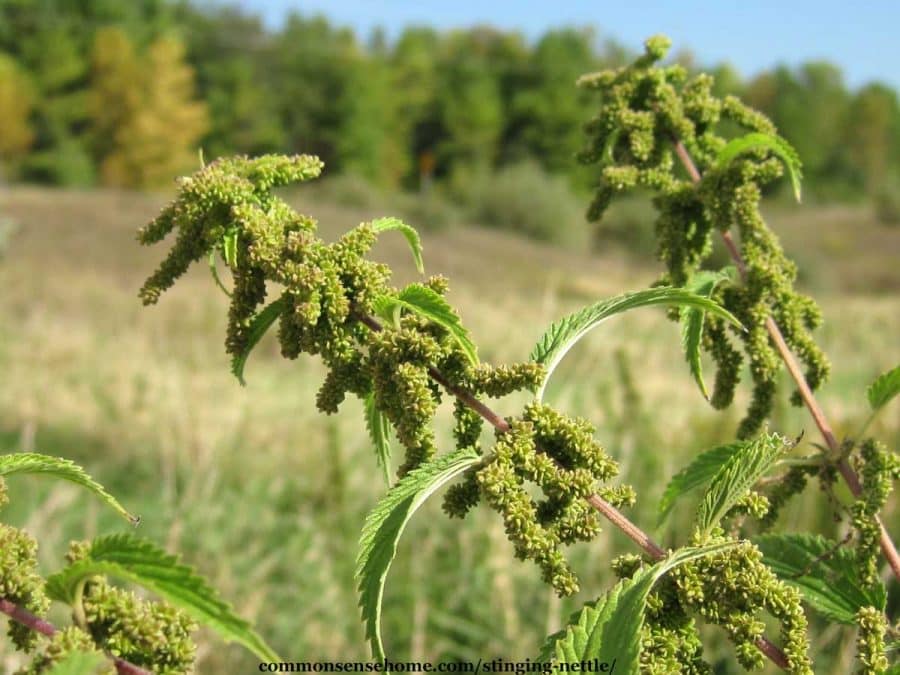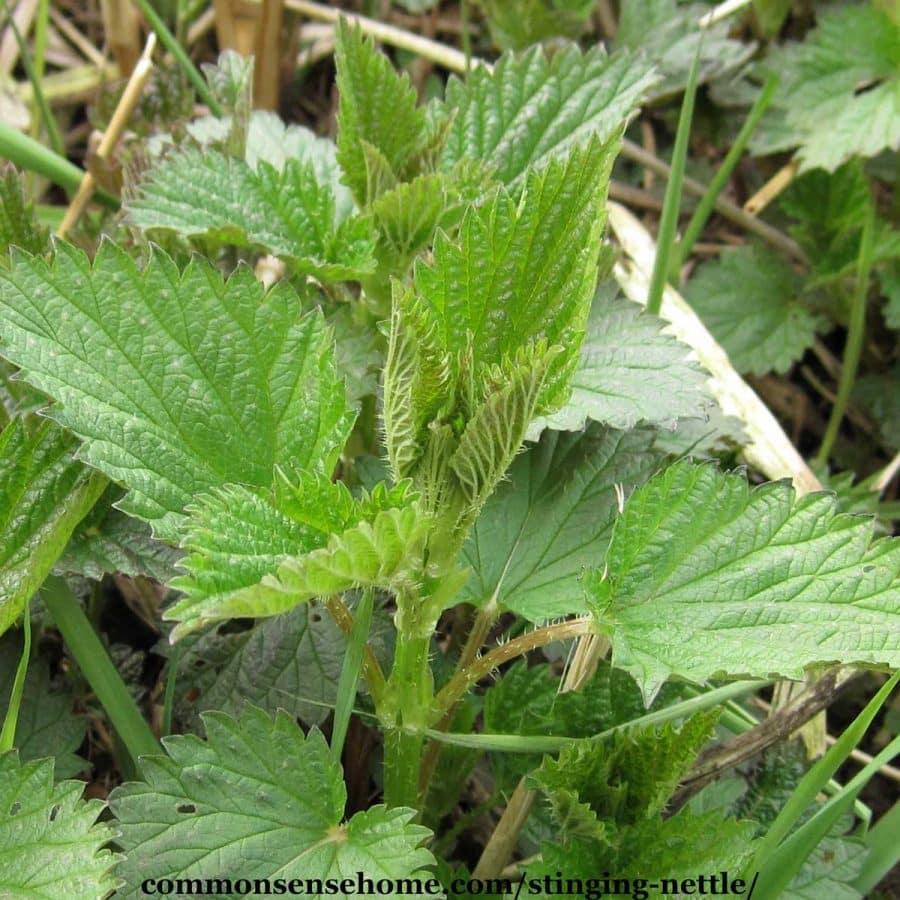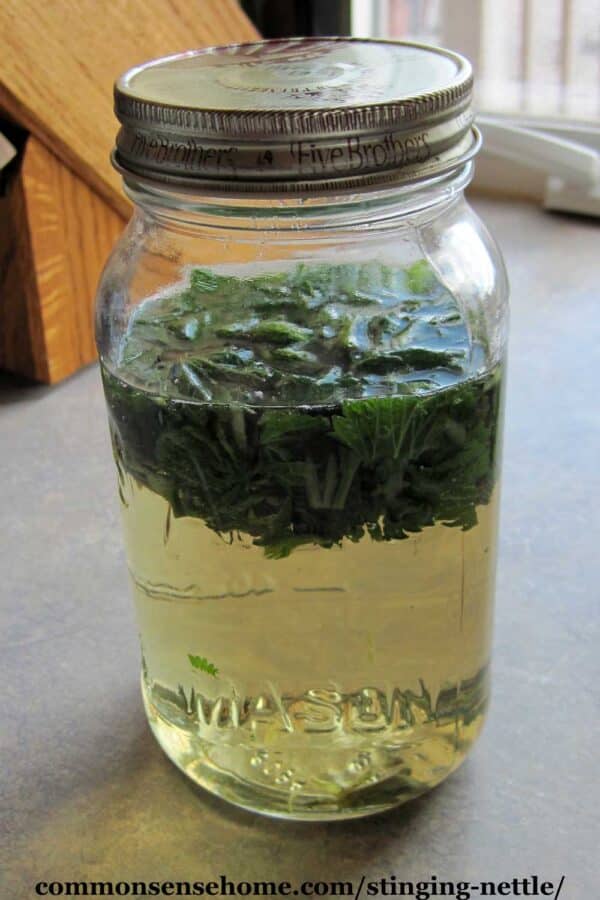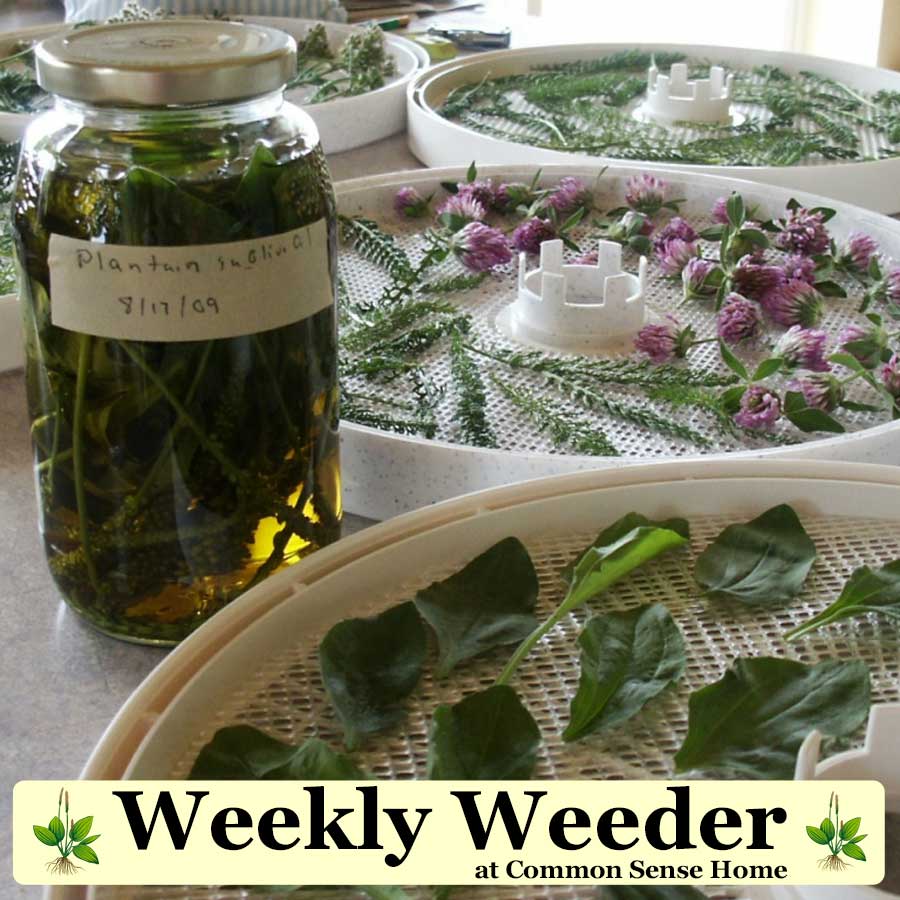If your eyes are the windows to your soul, then your face is a map of everything that ails you, according to Traditional Chinese Medicine (TCM). While this may sound farfetched to some people, many traditional healers contend there is a science of sorts to the theory.
The Chinese have always used healing techniques such as acupuncture and tai chi, which incorporates the entire body and mind. They also widely use a variety of specific herbal remedies proven by science to be useful for an array of ailments (1).
When it comes to reading your face, however, in order to determine and even diagnose disease, the Chinese rely on the fact that your body is full of various connections and pathways designed to keep you running at optimal levels.
Every organ, muscle, nerve and cell for that matter, must work together to assure homeostasis. If one area is not working properly, it makes sense that it can affect other areas, which is essentially the foundation for Chinese face mapping.
Your Face Tells All
Your skin is actually the largest organ in your body—adults have about 8 pounds and 22 square feet of skin (2). Chinese face mapping theorizes that if your skin is not healthy, there is likely an issue somewhere else in your body.
Your face can also reveal things about how you really feel, even if you try to mask those feelings (3).
As such, your face can be a wonderful indication of what is happening internally since it reflects internal changes faster than other parts of your body.
It essentially represents trouble brewing inside that you can’t otherwise see without more invasive measures.
“Your face is a mirror of your health. Your body has a map and your face is part of the map. Each of these organs is an open window in the face. The eyes are the window of the liver, the nose is the window into the lungs and the ears are the window of the kidney. When illness starts, the energy will not flow smoothly, so features on the face, including shapes and colors, will also change,” says acupuncturist Angela Zhang (4).
Chinese Face Map
To healers using this form of medicine, your face becomes a map that allows them to uncover clues about your overall health that conventional doctors may overlook at first glance.
Here are some of the primary areas on a Chinese face map and what they can tell you about your health (5).
1. Your Forehead
This area represents your gallbladder and bladder.
Cause: According to TCM, issues in this area typically relate to stress and internal stagnation. Triggers include eating too many fats (trans-fats) and canned foods that affect your gallbladder. Things like excessive alcohol, sugar, and too little sleep coupled with stress, can also cause issues on your forehead.
2. Between your Eyebrows
This area represents your liver and stomach (digestive system).
Cause: Issues with your liver typically relate to an overload of toxins since your liver filters toxins from your body. Medications such as over-the-counter pain relievers or antihistamines are also hard on your liver. As well, food allergens can trigger inflammation and malfunction of the liver.
Processed foods are a big issue as they are difficult for both your stomach and liver to process. Too much protein is also hard to digest and if your digestive system is constantly trying to break down food, it will not get the rest and regeneration it needs (7).
Cure: Alcohol is very hard on your liver, so this is one of the first things you need to reduce or cut out altogether. Avoid any foods linked to skin breakouts, especially processed foods that are typically high in trans-fats.
Eat more whole foods and make sure to exercise daily. It’s also a good idea to go outside for fresh air and get enough sleep so your body can heal and regenerate.
3. The Arches of your Eyebrows and Eye Area
On the Chinese face map, this area represents kidney problems. Issues include such things as pimples or blemishes as well as puffiness and swollen lower eyelids and dark circles under your eyes.
Cause: Overworked kidneys typically result from too much salt or preservatives, smoking, excessive alcohol, poor circulation, and/or a weakened heart.
Cure: Drink plenty of water to stay hydrated. Also, reduce your caffeine intake and avoid alcohol, processed foods, salty foods, as well as sweetened drinks.
4. Your Nose
This area represents your heart and circulatory system.
Cause: In TCM, your cheeks and nose area are closely related to and issues in this area reflect poor cardiovascular health, including possible issues with your blood pressure and cholesterol levels (8).
Too much alcohol, coffee, and spicy foods can also trigger nose issues as can spending too much time in closed, polluted air spaces.
Cure: Add or increase the amount of essential fatty acids by eating more avocados, flax seeds, and olive and coconut oil. Remove trigger foods like alcohol, caffeine, and spicy foods.Drink organic green tea or add chlorophyll to your drinking water to help dispel toxins (9). It’s also a good idea to exercise regularly to keep your circulatory system working efficiently.
5. Your Cheeks
This area often represents issues with your lungs and respiratory system as well as possible issues with your metabolism and/or your ability to absorb nutrients.
Causes: Blemishes on the crest of your cheekbones, especially, may represent respiratory problems caused by allergies or smoking.
Persistent overheating can also cause issues in this area, as can environmental toxins in your indoor air.
People with asthma will often experience cheek blemishes.
Cure: Reduce your expose to indoor toxins such as air fresheners, candles, and commercial household cleaners etc. that studies show cause disease.
Use natural products when you can and open your windows at least once a day.
Stop smoking and exercise regularly outside to assure you get fresh, clean air whenever possible.
6. Mouth and Lip Area
Blemishes around your mouth and lip area are associated with your spleen, stomach, and digestive system. In TCM, your spleen and stomach are considered your main digestive organs, so any problems in these areas can manifest as things like IBS, dysbiosis, bloating, bad breath, problems with appetite, and poor stool movements, among other things. Spleen issues also cause issues like cold sores and cracked lips.
Cause: According to TCM, “dampness” causes many illnesses including high cholesterol, cancer, metabolic disorders, chronic fatigue, fibromyalgia, allergies and environmental illnesses. Internal dampness is a condition of “high humidity” inside your body.
According to Chinese face mapping, skin issues around your mouth and chin area are caused by consistent exposure to excessive dampness. Heavy, damp foods may also be a cause. These foods include things like fatty, greasy and deep-fried foods, milk products (except yogurt), sugar and sweets, white-wheat flour, refined starch and highly processed starch products, too many mushrooms and fungi, peppers, cold beverages, as well as excessive amounts of fermented foods (10).
In TCM your spleen is responsible for “giving you energy (Qi),” therefore, if you have blemishes on your chin, mouth or lip area, you may be lacking energy. Eating a lot of spicy foods, staying up late and consistent stress can also cause an imbalance and issues in these areas.
Cure: Eat foods with yeast/fungus-inhibiting properties known to relieve damp and damp-heat such as onions, cinnamon, ginger, scallions, basil, rosemary, dill, oregano, sage, parsley, cardamom, nutmeg, fennel, anise, clove, coriander, leeks, chives, rye, celery, lettuce, alfalfa, turnips, raw honey and corn. Avoid excessively spicy foods and get plenty of sleep.
7. Your Chin and Jaw Area
Skin issues on your chin and jaw area typically point to hormonal imbalances.
Cause: Blemishes on either side of your chin indicate internal hormonal changes and/or stress. Because of this, women often find they have issues in this area during their menstrual cycle.
Cure: Take omega-3 fatty acids to help regulate your hormones. Adopt a healthy lifestyle by reducing stress as much as possible. Make sure to go to sleep early and wake up early—get at least 7-8 hours each night. Practice stress management techniques like yoga and meditation and drink plenty of water while eating more leafy greens. Plus, try to eat hormone-regulating foods.
Your face can tell you a lot about your health, all you have to do is listen.
https://dailyhealthpost.com/chinese-face-map/



